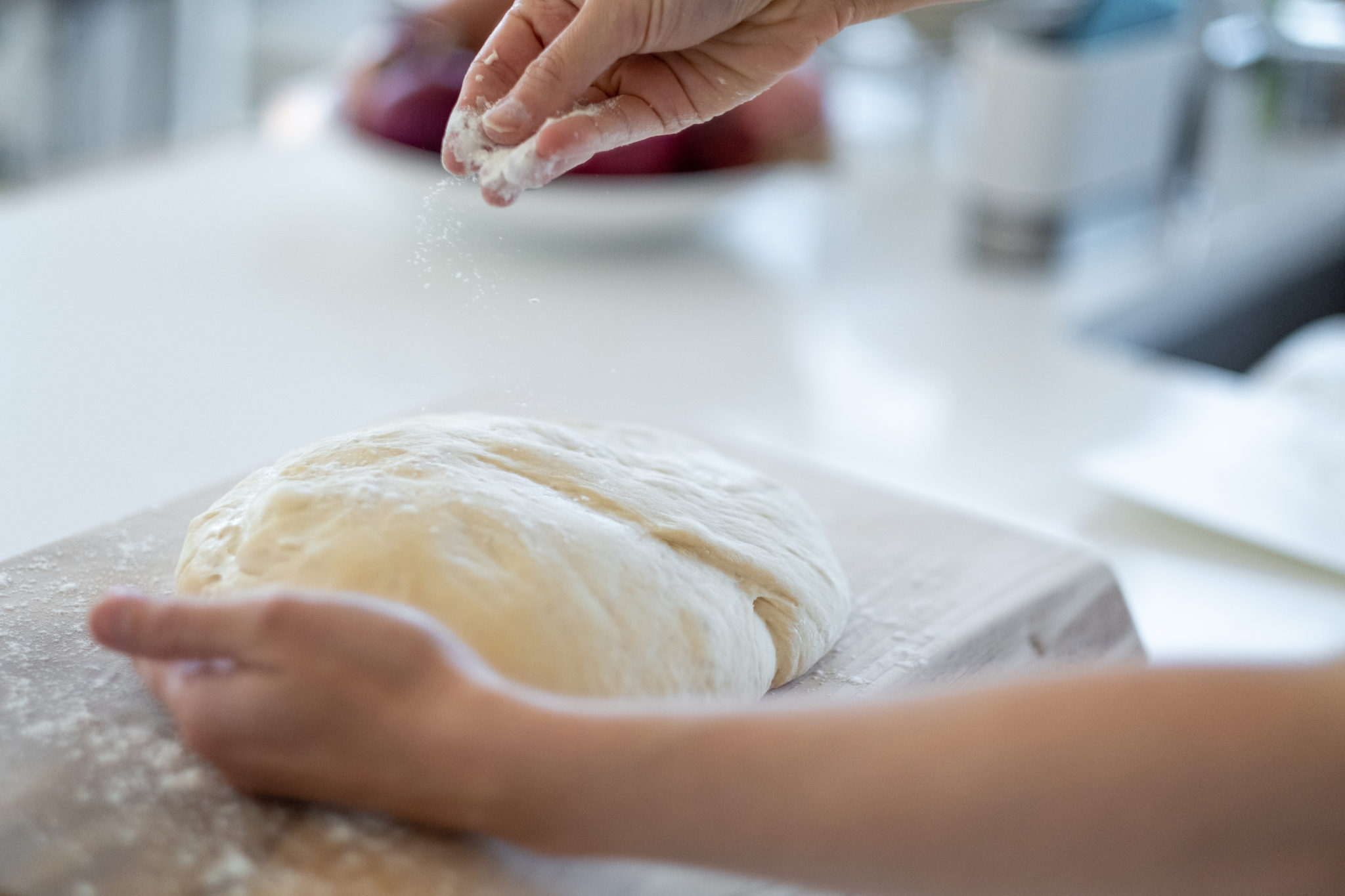Bread is one of the least controversial things out there. Most would agree with the decorated food writer Michael Pollan that “Even bad bread is pretty good.” Pillowy, fragrant inner-crumbs with chewy, caramelized crusts, who can honestly claim they know restraint around those bottomless bread baskets certain restaurants dare offer? The gluten-free industry has flourished in the last decade to satisfy cravings for this universal carb. Now, while you could continue purchasing this diet staple from the grocery store, I’d argue that it is far more gratifying and delicious to bake it yourself.
There are so many reasons to start baking your own. Made from just a few humble, everyday ingredients, it is far cheaper, and nutritious, to bake rather than buy industrially-processed loaves from the grocery store. You can put as much or as little effort into a loaf as you want and can cater the timing of the recipe to your scheduling needs. After all, it is said that “baking takes a lot of time, but for the most part it’s not your time.” With the right tools, like a flexible bench scraper and a trickle of oil, and techniques, like preheating a dutch oven, you can create crusty loaves worthy of a pricey artisan bakery while avoiding a floury mess. Especially relevant as temperatures outside plummet, the warmth from the oven and mesmerizing aroma of fresh-baked bread create a hygge-filled atmosphere. And the process can prompt mindfulness and other mental wellness practices, like exercising patience, committing to a challenge and accepting imperfection.
“If you find yourself contemplating making sourdough or any other bread with anxiety, then ask yourself what thoughts are going through your head. Challenge those thoughts … Anxiety is fed by avoidance, so the best way to counter anxiety is to face the thing you are afraid of …”
— from “Bread Therapy”
Doing some research to understand the process is the best place to start. In the “Air” chapter of “Cooked: A Natural History of Transformation,” Michael Pollan chronicles his adventures in baking with Chad Robertson‘s “Tartine Bread” as his guide, complete with the anxieties of growing a sourdough starter and the addictive pursuit of the next loaf always promising better results. He also explains in accessible language the biochemistry that transforms flour and water into a loaf of bread. Like “Tartine Bread,” Bryan Ford’s “New World Sourdough,” Ken Forkish’s “Flour, Water, Salt, Yeast” and “The Hot Bread Kitchen Cookbook” all offer well-detailed accounts of the basic process for all bread dough. If you want a more hands-off technique, try the “no-knead” method popularized by Jim Lahey, but personally I relish the feeling of hand-mixing and kneading my dough. If their step-by-step photos don’t quite click for you, just watch Julia Child go at it charismatically. Then get any gnawing questions answered by the King Arthur Baking blog or your friendly neighborhood reference desk. Ultimately it’s just a matter of practice (and taste-testing), and soon it will be second nature.
Need further incentive to give bread baking a try? Register with our self-directed Comforts of Winter program and set a few baking goals for yourself. The tote bag finishing prize just begs to be filled with your home-baked baguettes.



